We’ve all joked that at times it feels as if our phones are listening to us, and perhaps even reading our minds. While we all know that that isn’t necessarily the case, consumers today are hyper aware of the personal data collection that is happening behind the scenes. And it seems as though you can’t go more than a day or two without hearing reports of new legislation proposals, shifting policies and broader economic concerns surrounding the opposing sides of the data debate.
While this controversial topic dates back years, May 2018 stands out as a milestone in the history of consumer privacy, with the implementation of GDPR (General Data Protection Regulation)—one of the most widely known policy changes impacting the collection and use of user privacy data. This single piece of legislation forever changed the dynamics of the advertising industry. Companies are now required to provide evidence that consent was given from visitors to access their data to be used for personalization, as well as any form of ad targeting.
But how would publishers, advertisers and tech companies make this massive transition, ensuring they were meeting all the factors of compliance? The GDPR Transparency and Consent Framework (TCF) is the Interactive Advertising Bureau’s (IAB) solution to help publishers tell visitors what data is being collected, how the publisher plans to use said data, and even which vendors are in fact using it. The Transparency and Consent Framework (TCF) was introduced in May of 2018, to provide a standardized means for obtaining a visitor’s consent (or refusal) for their data being collected, as well as communicating this information throughout the ad ecosystem, including the publisher and all vendors/partners.
Tasked with undertaking such a massive change, it's no surprise the industry faced challenges and complications. In August of 2019, after extensive research and feedback from the industry, the IAB launched TCF 2.0 to address the limitations of TCF 1.0. While TCF 1.0, was mainly centered around the ad tech vendor, TCF 2.0 was retooled to give power back to the publishers and their audiences.
Publishers have their own unique challenges when it comes to GDPR compliance. A smarter way to communicate consent information between the vendors, TCF 2.0 made it easier for publishers to determine which vendors they’d choose to share data with and in what capacity. By giving more depth to the information that can be passed through the ecosystem via the Transparency and Consent string, publishers now have the final say on how their partners can process personal data on a vendor by vendor basis. Publishers will have more control over how vendors present themselves on their properties. TCF 2.0 also includes a validation mechanism, to inform all parties whether the Transparency and Consent string is valid or not. As the primary owners of the concern around data, publishers can now rely on the evolved framework to ensure that they are satisfying all compliance requirements and to help build trust and transparency with their vendors.
The changes to TCF have also benefited consumers. For example, consumers now have more granular control over the processing of their data and have deeper transparency into how their personal data may be used. Consumers also have features such as Right-To-Object (RTO) built directly into the specification, meaning consumers have an absolute right to stop their data from being used for direct marketing purposes. All of this is provided to users in a clear and easy to understand manner thanks to TCF 2.0.
As the industry continues to evolve, we can only hope that the policies set forth to protect consumers and their data will continue to evolve as well. These changes to TCF were in direct response to publisher concerns around varying rule interpretations across global markets and time-consuming efforts to make sure they were in compliance with all of them. Now that publishers have more control, they can return their focus to content and growing their audiences, all of whom now also have more control over their data. Win-win.


